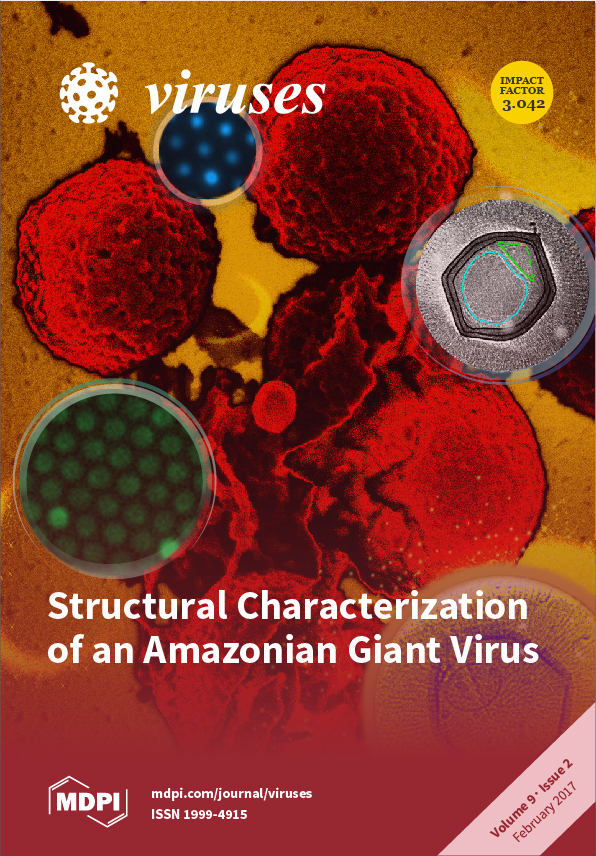Open AccessArticle
The Characteristics of Herpes Simplex Virus Type 1 Infection in Rhesus Macaques and the Associated Pathological Features
by
Shengtao Fan, Hongzhi Cai, Xingli Xu, Min Feng, Lichun Wang, Yun Liao, Ying Zhang, Zhanlong He, Fengmei Yang, Wenhai Yu, Jingjing Wang, Jumin Zhou and Qihan Li
Cited by 9 | Viewed by 9357
Abstract
As one of the major pathogens for human herpetic diseases, herpes simplex virus type 1 (HSV1) causes herpes labialis, genital herpes and herpetic encephalitis. Our aim here was to investigate the infectious process of HSV1 in rhesus macaques and the pathological features induced
[...] Read more.
As one of the major pathogens for human herpetic diseases, herpes simplex virus type 1 (HSV1) causes herpes labialis, genital herpes and herpetic encephalitis. Our aim here was to investigate the infectious process of HSV1 in rhesus macaques and the pathological features induced during this infection. Clinical symptoms that manifested in the rhesus macaque during HSV1 infection included vesicular lesions and their pathological features. Viral distribution in the nervous tissues and associated pathologic changes indicated the typical systematic pathological processes associated with viral distribution of HSV1.Interestingly, vesicular lesions recurred in oral skin or in mucosa associated with virus shedding in macaques within four to five months post‐infection,and viral latency‐associated transcript (LAT) mRNA was found in the trigeminal ganglia (TG)on day 365 post‐infection. Neutralization testing and enzyme‐linked immunospot (ELISpot) detection of specific T cell responses confirmed the specific immunity induced by HSV1 infection. Thus, rhesus macaques could serve as an infectious model for HSV1 due to their typical clinical symptoms and the pathological recurrence associated with viral latency in nervous tissues.
Full article
►▼
Show Figures






